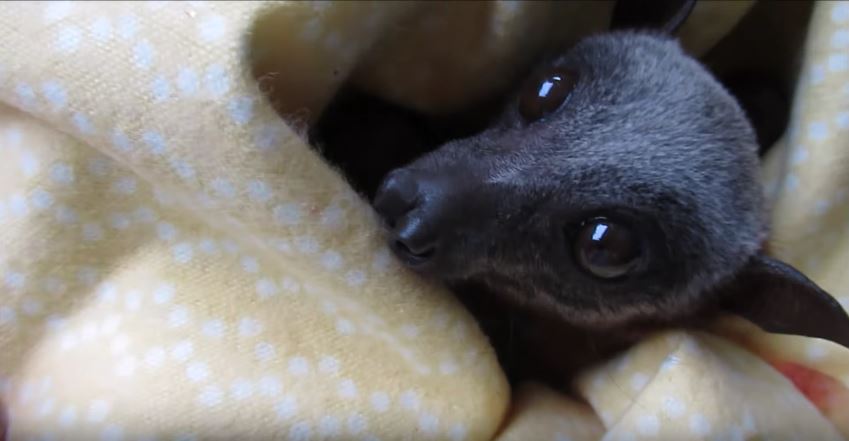Biology of Mexican Free-Tailed Bat

Mexican Free-Tailed Bat also known as the Brazilian Free-Tailed Bat has colors that may range from grey to dark brown. They also have wrinkled lips which is a common attribute for their species. They are named as ‘free-tailed’ due to the dangling tail that is located beyond its tail-membrane. They are also locally called as guano bats due to the massive amount of droppings that they produce. The caves in Texas and California are being harvested on a regular basis for their droppings until 1980 when they discovered that there are risks associated with their droppings. Despite of its bad reputation and appearance, it is still one of the most unique bat species in the world.
The Behavior of the Mexican Free-Tailed Bat
Experts have always been amazed to the unparalleled flight speed of this bat. Not long ago the record for the fastest flyer is being held by a bird with an average speed of 68 mph until the Mexican free-tailed bat beat them with a speed of 99.4mph. However, there is more to this bat than its speed. It has also been recorded that it can reach the altitude of more than 10,000 feet which is unmatched by any bat species. This altitude would be enough to kill different species of animals due to the thin oxygen.
The Mexican-tailed bat is also known to create colonies that are larger than other species of the bats. They normally converge during the summer season which is incidentally also the mating season of the bat. The colonies of the bachelor are relatively smaller compared to the colony of the maternities. Study shows that the bachelors can converge and create a group that is composed of more than 100,000 bats. The maternity colonies, on the other hand, can easily rise to more than 1 million. The largest colony has been recorded at more than 20,000,000. This is quite a unique trait since they preferred a solitary life after the mating season ended.
Habitat
The Mexican free-tailed bat prefers to live on caves. However, they are also instance when they will roost in the abandoned structures, under the bridge or inside your attic. They will choose to stay in a place where there is a source of water. This is simply because the water will attract the different insects that they normally eat. Apart from that, it gives them an opportunity to quench their thirst.
Diet
With regards to the diet of the Mexican free-tailed bat, they will regularly consume a large amount of insects such as moth. In a place that contains a large amount of colony, the amount of insect consumed by this specie is estimated at around 250 tons.
Life Spa
The Mexican Free-tailed Bat can live up to 18 years.
The Predators
There are instances when the predator will invade their roost such as snake, owl, house cat and raccoon. Since the colony is too dense, there is a possibility that a baby bat will fall and the mother bat will not retrieve them. This is a fine opportunity for the predators to attack the helpless bat.
These are some of the information that you ought to know about this genus of bat.
Read the How to get rid of bats page for helpful information and to learn more about Biology of Mexican Free-Tailed Bat

